Selecting the Right Valve Stem Not as Easy as It Seems
When tubeless tires first entered the commercial tire market years ago, technicians assumed that if the tubeless valve stem fit the hole in the wheel it was the right valve stem. Today, that assumption could lead to severe problems.
Over the years, very few problems have been associated with today’s tubeless valve stems, and the tremendous popularity of tubeless tires today is a testament to their success and that of the valve stems they require.
At the same time, increased inflation pressures and higher speed limits make selection of the proper valve stem extremely important.
In the last few months, calls have come into the International Tire & Rubber Association (ITRA) from commercial light truck owners complaining of a sudden loss of air in their tires, sometimes at high speeds. One major problem we found is that these individuals were using the wrong valve stems.
Most of the complaints involve light duty trucks with TR413 or TR415 series snap-in valve stems on heavy ply-rated tires that call for inflation pressures as high as 95 psi (6.6 bars). Because of their ply ratings and steel construction, many of these tires are now categorized as medium or even heavy-duty truck and bus tires. But because of their load carrying capacity, some tires are still produced in sizes we formerly considered as commercial light truck tires.
Watch Size and Conditions
In some cases, the stem hole in the wheels for these tires is the same size as the valve stem hole in a passenger vehicle wheel. The TR413 and TR415 series valve stems were originally designed to handle inflation pressures up to 60 psi (4.1 bars). Today, they are rated at a maximum of 65 psi (4.5 bars). Be aware that many old catalogs still in circulation rate the TR413 and TR415 series valve stems at 60 psi maximum.
One of the most likely problems you may encounter with the TR413 and TR415 series valve stems at any inflation pressure above 65 psi is the vale stem running at a higher than normal temperature as a result of hot weather or other similar condition. This can cause the valve stem to crack, blow out of the rim hole, or become unseated.
This can cause the valve stem to crack, blow out of the rim hole, or become unseated.
This can usually be corrected by installing a TR600HP or TR801HP high-pressure snap-in valve stem instead. These valve stems are rated at 100 psi (6.9 bars) maximum. Another good alternative is the use of a clamp-in metal valve stem rated at 200 psi (13.8 bars).
The TR600HP and TR602HP valve stems are specified for .453-inch diameter stem holes, and the TR801HP and TR802HP stems are specified for .625-inch diameter holes. The lower pressure TR413 valve stem should never be used on wheels with stem hole thickness greater than .156 inches, while the TR600HP high-pressure valve stem series is limited to use on wheels with a stem hole thickness no greater than .205 inches. This same tolerance applies with the TR602HP, TR801HP and TR802HP valve series.
In any case where the rim thickness at the stem hole is greater than .205 inches, a metal clamp-in valve stem must be used. The wheel can be thicker if the coined area around the hole meets the required specifications.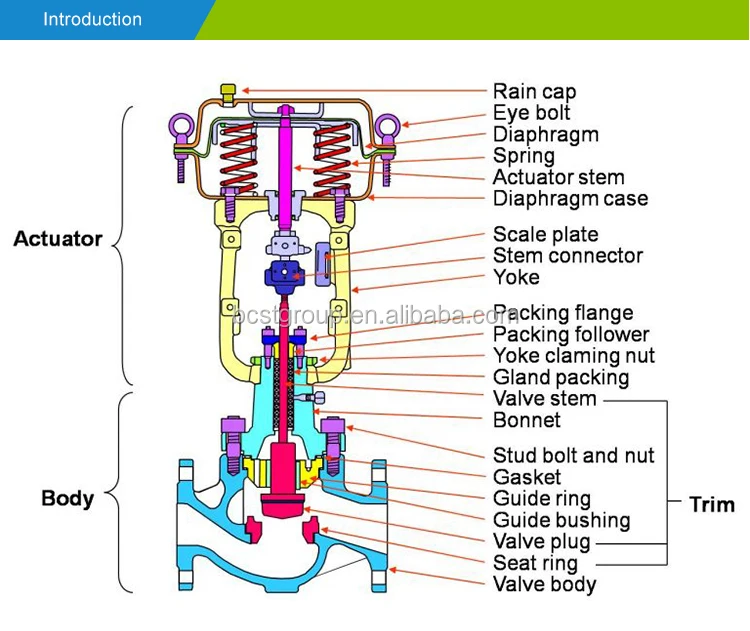 However, you should use the stem specified for the thickness at the wheel’s stem hole.
However, you should use the stem specified for the thickness at the wheel’s stem hole.
Using Extensions
Metal valve extensions should never be used with the TR600HP and TR801HP series snap-in valves as the centrifugal force that is generated at high speeds by the added weight of the metal extension can break or crack the stem, causing it to unseat and result in a loss of air. This can probably occur even if the inflation pressure is within the limits of the snap-in valve stem.
Only plastic extensions should be used on TR600HP or TR801HP series snap-in valve stems. Metal extensions are for metal clamp-in valve stems only, and the extensions should be no longer than necessary. If a vehicle will be used on- and off-road where the stems may come in contact with mud, snow, ice or other objects, it’s always best to use sturdier metal clamp-in valve stems as short as possible.
All snap-in valve stems should be lubricated with a non-petroleum-based lubricant before being installed in the stem hole. The stem hole should be carefully inspected to ensure no sharp edges or metal slivers are present that could damage the stem, and that no rust, excessive paint drippings or other buildup is present on the valve stem seating area.
The stem hole should be carefully inspected to ensure no sharp edges or metal slivers are present that could damage the stem, and that no rust, excessive paint drippings or other buildup is present on the valve stem seating area.
Get the Torque Right
Metal clamp-in style valve stems come in different sizes and lengths to fit nearly any type of wheel manufactured today, but one of the most popular clamp-in valve stems for wheels with a .453-inch stem hole is the TR416S. This can be a long-life valve stem because both the sealing grommet and valve core are replaceable if they become damaged or aged.
Care should be exercised when installing the clamp-in valve as each has a specific recommended torque for tightening the nut. For instance, the TR416S has a recommended torque of 24-45 in/lbs.
A good way to get a feel for the right torque is to mount the stem in a wheel and tighten it to the specified value with a torque wrench. Then loosen and retighten it by hand with a hand wrench, and check it with a torque wrench. After repeating this procedure several times, you’ll get very close to achieving the proper torque without excessively over- or under-torquing the nut.
After repeating this procedure several times, you’ll get very close to achieving the proper torque without excessively over- or under-torquing the nut.
Check Hole Specifications
If you follow procedures according to industry standards and still have problems losing air through the stem hole, check the specifications for the stem hole in the wheel, including the prementioned thickness limitations. For example, in some cases wheels with a .453-inch stem hole may not have a large enough coined or machined area around the stem hole. On this type of wheel, the coined area must be a minimum of .125 inches greater in diameter than the valve hole. Complete information on specifications can be found in the Tire & Rim Association Yearbook or from your suppliers.
Never assume that the stem on the tire/wheel assembly you are servicing for a customer is the proper stem. Someone who serviced the tire/wheel assembly before you may have made a mistake or didn’t properly match the valve stem to the hole size, air pressure or application. Installing the proper stem can be as important as matching the wheel components on a multi-piece wheel.
Installing the proper stem can be as important as matching the wheel components on a multi-piece wheel.
Watch For Zippers
Another problem beginning to surface from improper valve stem selection and application is the potential for zipper ruptures in steel cord radial truck tires. More commercial light trucks are being fitted with all-steel radial tires rather than the fabric sidewall plies used in the past. Zippers are not limited to long-haul medium truck tires, and are as dangerous on smaller size tires as they are on larger commercial units.
And remember there’s always a chance of zipper failure when steel cord tires are run underinflated. Don’t take any chances when mounting or inflating these tires. A small light truck tire can be just as deadly as a larger truck tire if it fractures in the sidewall.
Tell your customers that no matter what type of stem they use, there is an air pressure gauge to fit it. It’s a good idea to teach them how to use a tire gauge properly and explain why it is important.
Marvin Bozarth is executive director of the ITRA and a respected expert on commercial tires and service. This article originally appeared in ITRA’s Tire Retreading/Repair Journal. The upcoming World ITRA Expo – Apr. 19-21 in Nashville – will feature a workshop on Proper Tire Valve Selection and Installation.
Valve stems are a crucial part of any tire. Well, they are not part of a tire per se, but they are an auto part designed to ensure the tires’ safety and performance. Therefore, valves are important!
Valves keep air pressure from escaping tires. From valve cores to caps and versatile valve types, we will walk you through everything you need to know about valves and how said valves function.
The small tube system that you can use to fill your tires with air is called a valve stem. This system is basically a one-way door used to transfer gas (in this case air pressure) into a chamber (tire). Different valve types are available.
Different valve types are available.
Valves are located on most pneumatic tires, from automobile to bicycle models. Tire valves are used to add or remove air pressure inside the tire. Once air pressure enters the tire, tire valves do not let it escape on their own.
A tire stem helps tires keep their optimal pressure levels, by using its different components. Valves consist of a valve stem body, a valve core, and a valve stem cap. These work together to keep the correct pressure levels inside the tires.
The various components of valves work together to enable the tire’s secure performance. Air pressure loss can occur if the valves are damaged. But, as long as they properly function, valves will hold air and guarantee the tires’ performance.
There are versatile types of tire valves available for purchase. The type you need greatly depends on various components: mainly what type of tire the valves are used on.
There are three different tire air valve stems manufactured:
These have various applications! Let’s talk about them in more detail.
Probably the most common valve type is the tubeless rubber snap-in tire valve, as they are suitable for passenger cars, light-duty trailers, and various light trucks. Additionally, they can be used in autocross competitions as well.
These tire valves hold a maximum of 65 psi, as a cold tire inflation pressure. This valve stem size usually ranges between 0.7″ to 2.5″ and it can fit 0.453″ or 0.625″ diameter rim holes. Often they sport plastic valve stem covers, but some can be purchased with chrome sleeves or a metal tire pressure cap. However, this is merely for aesthetic purposes.
Check out this valve stem sizes chart:
The tubeless snap-in high-pressure tire valves function in the same manner as the previous type does. However, they are used for applications where the maximum pressure is above 65 psi. In other words, they are for medium- to heavy-duty trucks and trailers, that use pressure to handle larger weights.
However, they are used for applications where the maximum pressure is above 65 psi. In other words, they are for medium- to heavy-duty trucks and trailers, that use pressure to handle larger weights.
These tire valves are made in two rim hole fittings: 0.453″ for tires with a max cold inflation pressure of 80 psi, and 0.625″ for those with 100 psi. Due to the vehicle applications, these valve stem sizes range between 1.25″ to 2″. High-pressure valve stems are designed for steel wheels. They are equipped with thick rubber snap-in bases, metal barrels, and plastic pressure caps.
Size chart of high-pressure, tubeless snap-in valves:
High-pressure metal valve stems are clamp-in models that use a rubber grommet, which seals the valve against the wheel when you tighten the holding nut. These valves are generally manufactured for high speed, racing vehicles, or for vehicles exceeding 130 mph.
Most metal clamp-in tire valves are available for 0.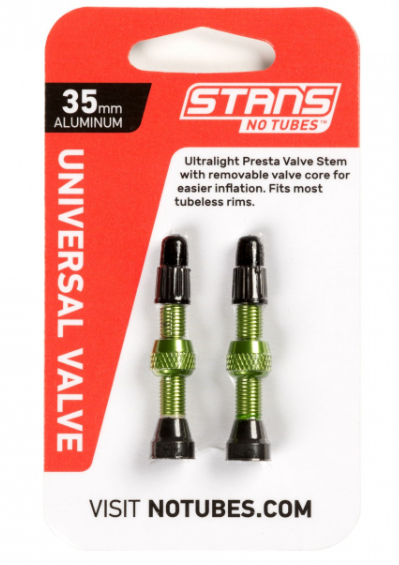 453″ and 0.625″ rim holes. However, some special applications are available for 0.236″ and 0.315″ rim holes. Additionally, they come in straight or bent styles to accommodate even unique wheel shapes. These valves hold maximum cold tire inflation of 200 psi.
453″ and 0.625″ rim holes. However, some special applications are available for 0.236″ and 0.315″ rim holes. Additionally, they come in straight or bent styles to accommodate even unique wheel shapes. These valves hold maximum cold tire inflation of 200 psi.
These valves have two fitting types: with the retaining (holding) nut inside or outside of the rim. For aesthetic reasons, many drivers prefer it to be hidden inside the rim. However, outer placements allow you to tighten the nut whenever it is necessary.
We have talked about the types of tire valves you can purchase for different vehicles. Now, let’s see their components.
Like most auto parts, valves also consist of multiple parts, which are:
These individual parts of valves work together to hold air in the tires. Some are crucial and some don’t have to be used. However, these parts working together will guarantee the vehicle’s secure drive.
A valve cap should be used on all valve stems. There is a good reason for this! Moisture contamination and loss of air pressure at high speeds can cause problems. They can damage the valve core or cause the tire to do flat. However, a valve cap will help prevent these issues.
Tire valve caps are available to be manufactured from plastic, metal, or metal with a special screwdriver design. When these caps are used greatly depends on which vehicle they are on. When it comes to everyday driving, a plastic tire pressure valve cap should be enough. However, for racecar applications, a metal one is better. Tire stem caps are either knurled or hexagon-shaped to make them easier to remove.
While missing tire valve covers are not the end of the world, it is advisable to replace them. For one, it is a second seal that prevents pressure from escaping, in case valve core damage occurs. On the other hand, it also makes sure that sand, dirt, and moisture does not enter the stem and damage it.
A valve core is the main seal inside the stem. This part of the stem seals tire pressure inside the tire, preventing it from escaping. It should be tightly screwed into the valve core chamber. They are manufactured with shorter (for high speed applications) and longer lengths, and nickel-plated and brass valve cores are available.
It is important that you only use a nickel-plated valve core with an aluminum tire pressure sensor valve stem. This is due to brass valve cores in such applications experiencing corrosion that can transfer and affect the aluminum wheel as well. This is to protect the wheel and its integrity.
These valve cores basically consist of a spring-loaded pin that is moveable. This allows air pressure to inflate and deflate the tires. This valve stem seal prevents pressurized air from escaping the tires when the caps are off. The valve stem core is durable, but dirt, moisture, and sand can damage it. Dirt and sand will prevent valve cores from sealing properly, while moisture will freeze and damage the valve cores.
If you fit wheel covers on your car, you can use valve extensions to make the inflation process easier. These nylon or metal extenders are available in sizes between 0.5″ and 2″.
It is important to select the ideal extension length or to purchase durable, preferably metal, ones. Road and weather conditions and driving habits can easily damage these extensions, which will leave to other issues.
If your vehicle uses direct TPMS sensors, then the valve stems also hold the sensor inside the tire. Mechanics do this with metal clamp-in or rubber snap-in valves. These TPMS sensor tire valve stems work together to transmit information to the TPMS monitor.
The two different TPMS stem types function a bit differently. Let’s see how!
A clamp-in valve stem-sensor combination fits the sensor with a rubber seal and a retaining. These two parts, along with the valve cores and caps, need to be tightened correctly, in order to prevent pressure loss.
These TPMS rubber valves need nickel-plated valve cores to prevent damage. Galvanic corrosion can damage brass cores, which will transfer onto the aluminum barrel with time – leading to even bigger damage.
The other type of TPMS sensor tubeless tire valve is the rubber snap-in version. These accept TPMS sensors can be different, and purchasing valve stems that accommodate them in crucial.
If the TPMS stems are not compatible, it will lead to air pressure loss. Using the correct combination of valves and TPMS sensors will ensure a safer driving experience.
Have you ever noticed a vehicle with green valve stem caps?
Well, there is a reason for their distinct color! These valve stem seals keep the pressure inside of nitrogen-filled tires. Many believe that adding nitrogen in tires improves their performance, durability, fuel economy, etc.
Therefore, nitrogen valve stem caps are green!
Are Valve Stems Replaced with New Tires?
Usually, when mounting new tires on a vehicle, it is advisable to get new valve stems for tires as well.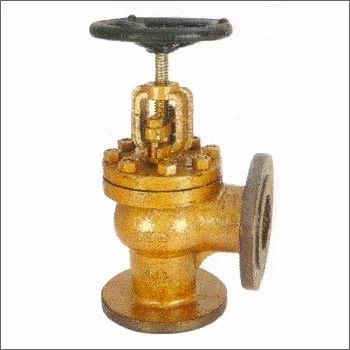 However, when you purchase new tires, the tire valve stem is not included.
However, when you purchase new tires, the tire valve stem is not included.
The valve stem sizes you need depend on the rim size. Low-profile rims (up to 0.9″) will need a 1.5″ stem while a 1.3-1.7″ rim should have a 2.3″ valve stem. Anything taller than 1.9″ needs at least a 3.1″ valve stem to properly function.
To find a slow leak in a tire, you will needs a spray bottle and soapy water. Mix liquid soap and water in a spray bottle and spray the entire tire (sidewalls, tread area, along the rim, and the valve stem). The slow leak will be there the soapy water forms small bubbles with the escaping air.
Air pressure escapes the tire when the valves are open because of the different pressure levels inside the tire and in the atmosphere. The high pressure of the tire flows out until the tire features the atmospheric pressure.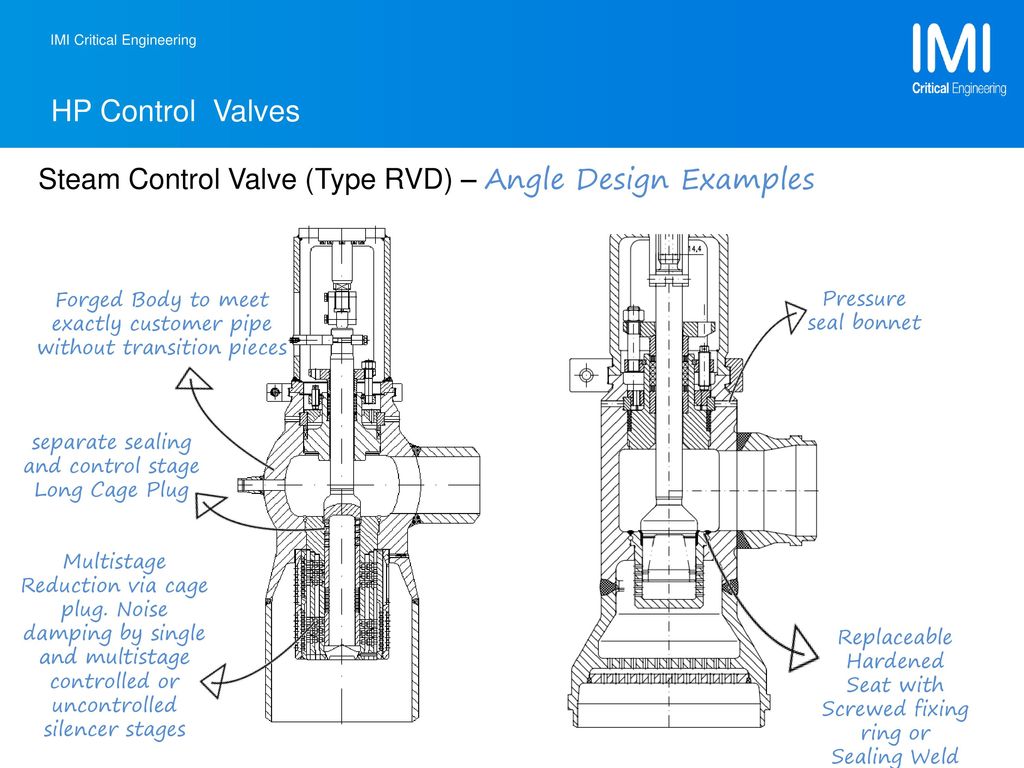 This causes the tire to go flat.
This causes the tire to go flat.
Stainless steel solenoid valve stem with chemical resistant O-ring. It is selected according to diameter, height, throughput, as well as other characteristics, taking into account the series of solenoid and electromagnetic coil.
Suggested stems only fit Smart solenoid valves.
When choosing a solenoid stem, the following valve parameters are important:
Each solenoid stem series corresponds to a specific solenoid valve series.
To buy a solenoid valve stem as a repair kit or spare part for a new solenoid, fill out the order form on the website.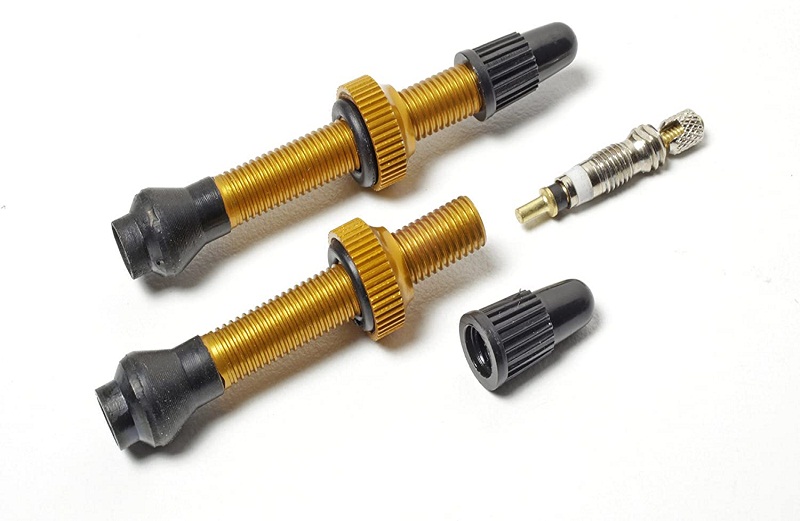 For advice on products, payment methods and delivery, please contact the sales department at the phone number listed at the top of the page. To calculate the list of stop valves for a specific network of an object, write to us by e-mail. nine0003
For advice on products, payment methods and delivery, please contact the sales department at the phone number listed at the top of the page. To calculate the list of stop valves for a specific network of an object, write to us by e-mail. nine0003
9000
The three-way Fugas valve is located on the left side of the boiler.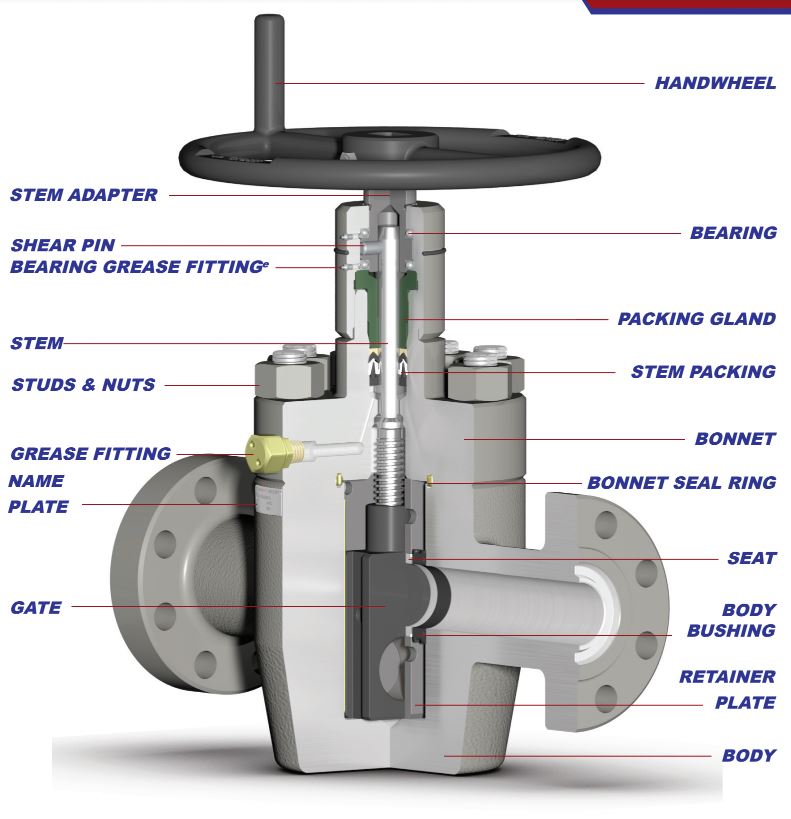 The hydraulic group of the water outlet (three-way) Fugas consists of a brass body, in which are mounted: a brass sleeve for the electric drive, an electric drive clamp, a three-way shutter (rod), a switching valve. In the upper part of the three-way valve, an electric drive (three-way drive) is mounted, fixed with a bracket. In the center of the Fugas hydraulic unit are located: the base of the microswitch valve cover (brass cover of the water pressure switch), into which the microswitch guide bushing is screwed and the microswitch is mounted - circulation relay, flow sensor. nine0003
The hydraulic group of the water outlet (three-way) Fugas consists of a brass body, in which are mounted: a brass sleeve for the electric drive, an electric drive clamp, a three-way shutter (rod), a switching valve. In the upper part of the three-way valve, an electric drive (three-way drive) is mounted, fixed with a bracket. In the center of the Fugas hydraulic unit are located: the base of the microswitch valve cover (brass cover of the water pressure switch), into which the microswitch guide bushing is screwed and the microswitch is mounted - circulation relay, flow sensor. nine0003
Inside the three-way valve, under the microswitch valve cover, there is a diaphragm with a poppet. An Ntc temperature sensor is mounted on the brass body of the three-way. A secondary heat exchanger for hot water is attached to the rear of the three-way valve with a screw. Sanitary water enters the water inlet group into the system, then enters the secondary heat exchanger, passing through the hot water heat exchanger plates, hot water enters the water outlet group - three-way Fugas.